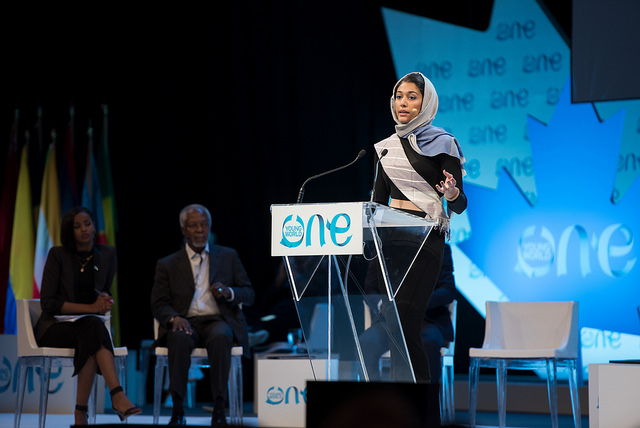How do you turn a ceasefire into lasting peace?
With more than 40 active wars, insurgencies, and ethnic conflicts ongoing around the world, we are living in dangerous times. One expert at the London School of Economics, Brian Klaas, describes 2017 as “the biggest year for political risk since the end of World War Two”.
In a One Young World survey of 2,000 young people internationally, more than half of respondents said they had experienced conflict during their lifetime and 60 per cent lived in fear of terrorism in their country.
The human race has never have been more connected, thanks to the worldwide web and corporate globalisation. Yet national, ethnic and religious loyalties remain strong. Asked if they would be prepared to fight for their community if it were under threat, 81 per cent of respondents to One Young World’s survey said they would.
Colombia has become a model for healing division, following the historic signing of a ceasefire between the government and FARC rebels last year. The accord effectively ends a 52-year conflict. But while lasting peace has become a possibility, the transition to political stability requires more than a signed document.
According to One Young World’s survey, 70 per cent of young people believe that uneven distribution of resources and income inequality are the greatest barriers to achieving peace.
And then there is the delicate issue of bringing the perpetrators of violence to justice. Almost 60 per cent of young people believe such people should face retribution, even after peace has been achieved.
In this session, young leaders instrumental to propagating peace in their respective countries will address how they have maintained stability despite facing major obstacles.
